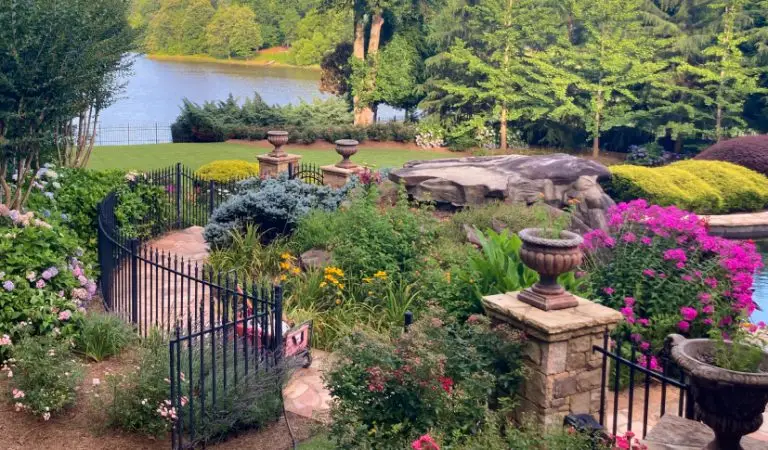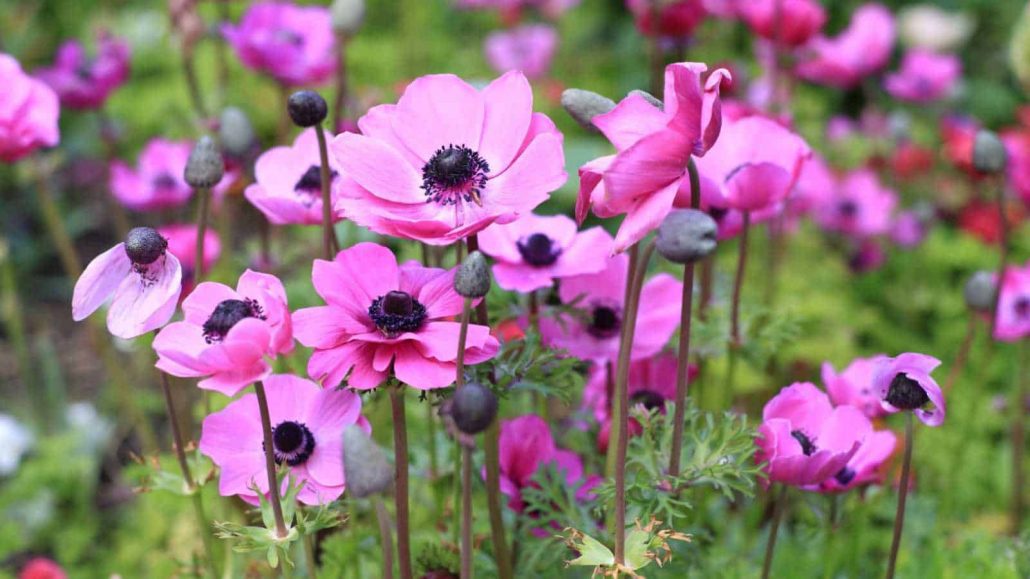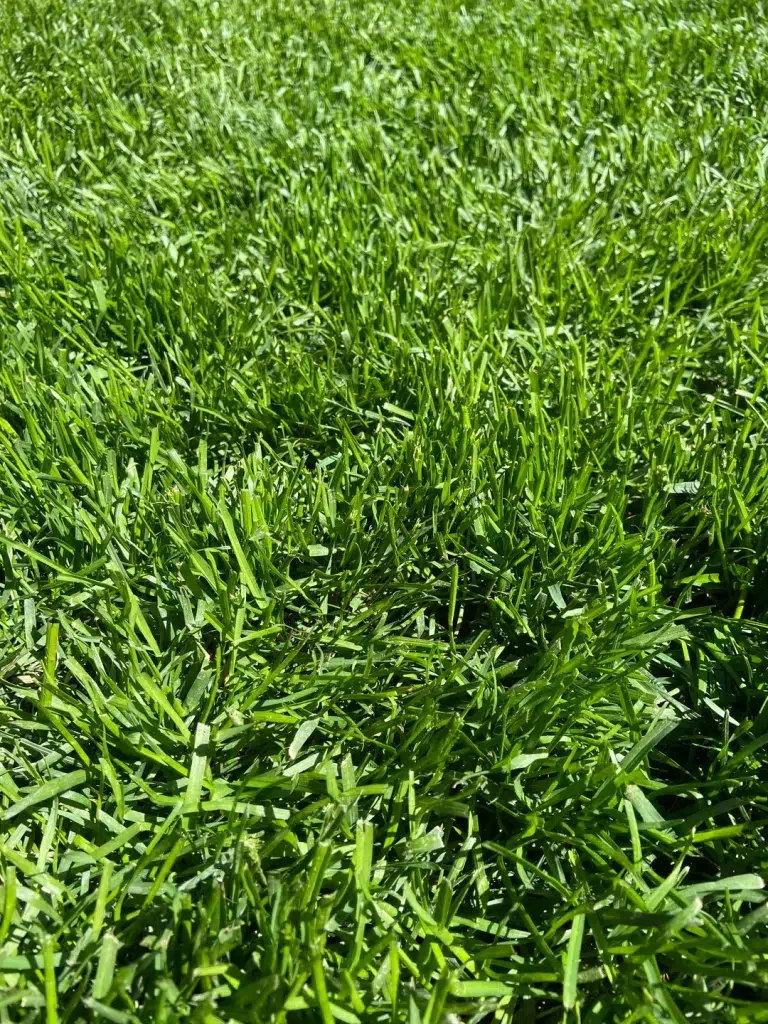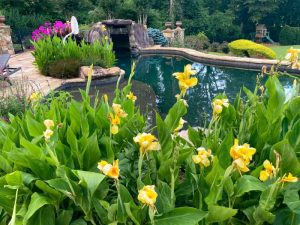When it comes to putting together a garden, you want the plants you place in it to thrive and last a long time. Picking out perennials is a great way to guarantee beautiful blooms each year. They go dormant in the colder months but return when spring and summer come back around, making them a great long-term investment. What if your garden has a lot of shade, though? If you have shady spots, you don’t have to worry. Plenty of perennials grow better in shadier areas than they do in sunlight. Even with a limited amount of sunlight in your garden, you can liven it up with plants that love the shade.
Picking the Right Flowers
Perennial flowers can add a wonderful pop of color to your landscaping, and many grow well in a shady garden. With the right amount of shade and the proper amount of care, you can fill your garden with creative blooms to create a beautiful aesthetic. These are a few popular perennial flowers to choose from:
Geranium
Geraniums are a beautiful, low-growing perennial with small, cup-shaped blooms and starry foliage. This flowering plant thrives well in partial shade and doesn’t require too much moisture in the soil, and it’s a great choice if you’re wanting to attract butterflies and bees. These can be grown in flower beds as well as pots, creating a thick and vibrant display for your landscaping.
- Scientific Name: Geranium spp.
- Height: 6-36 inches
- Soil Requirements: Slightly moist, slightly acidic, well-draining
- Sunlight Exposure: Partial shade
- Color Variations: White, pink, blue
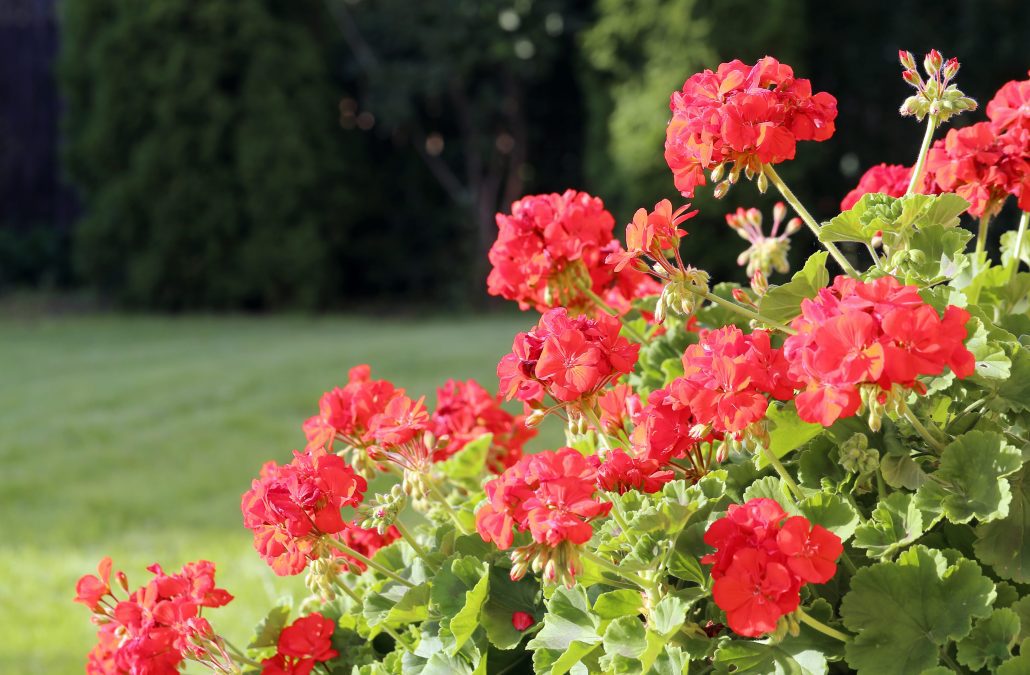
Anemone
Anemones, also known as windflowers, are flowering perennials that sport delicate flowers of various colors and low-growing leaves at the base. They are gorgeous flowers that grow best in partial shade and moist soil. The size of them varies depending on the species, but they can be grown in clusters in flower beds, lined along pathways, and pots.
- Scientific Name: Anemone spp.
- Height: 6-48 inches
- Soil Requirements: Acidic, moist, well-draining
- Sunlight Exposure: Partial shade
- Color Variations: Red, white, pink, yellow
Hosta
Hostas are a popular choice for a shady garden, and they are fairly low-maintenance perennials. With broad, dark green leaves and delicate little flowers, these flowering plants grow best in full or partial shade. They are easy to propagate, and grow quickly in rich, acidic soil. They are a great choice for shady borders, beds, and flowerpots.
- Scientific Name: Hosta spp.
- Height: 6-48 inches
- Soil Requirements: Loamy, acidic, well-draining
- Sunlight Exposure: Partial or full shade
- Color Variations: Purple, white, pink
Jack-in-the-Pulpit
These unique perennials add a creative touch to a garden, with flowers that attract and eat insects. Native to humid forest floors, they grow well in rich and moist soil that’s acidic, making the shaded areas of your garden a perfect place to grow them. While they aren’t showy, the hooded flowers add a natural splash of color and pair well with other shade loving plants within a flower bed to create a natural and elegant aesthetic.
- Scientific Name: Arisaema triphyllum
- Height: 6-12 inches
- Soil Requirements: Moist, rich, and acidic
- Sunlight Exposure: Partial or full shade
- Color Variations: Green, red, pink, white
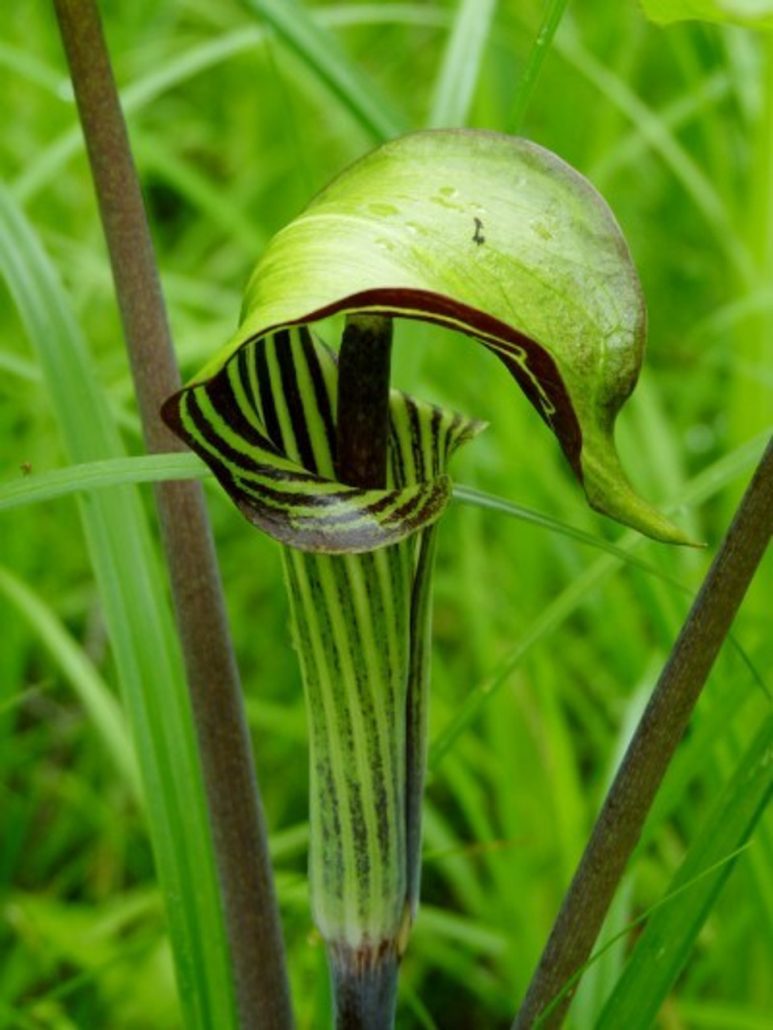
Columbine
Columbine, also known as Granny’s Bonnet, is an elegant, shade tolerant plant that comes in beautiful pastel colors. These flowers prefer cooler spots in a garden and grow best in a spot where they get a balance of sunlight in the morning, and cool shade in the afternoon. They add a delicate but colorful aesthetic to your landscaping and work well in beds or pots.
- Scientific Name: Aquilegia spp.
- Height: 12-36 inches
- Soil Requirements: Moist, acidic, and well-draining
- Sunlight Exposure: Partial shade
- Color Variations: Blue, pink, white, red
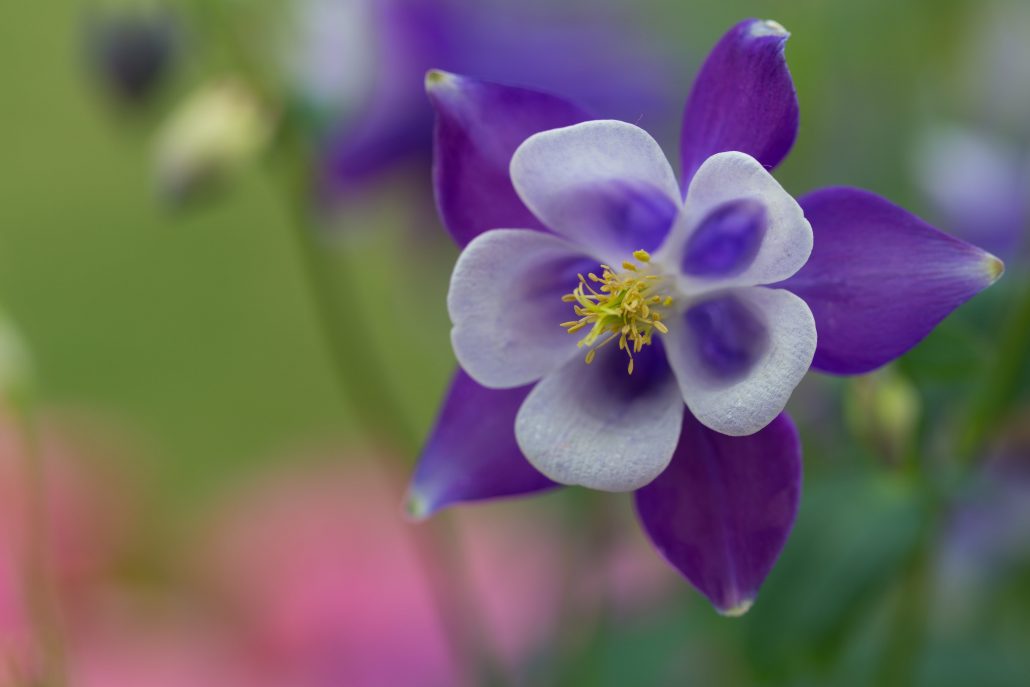
Solomon’s Seal
If you’re looking for natural elegance, Solomon’s Seal is a beautiful woodland plant with delicate, tubular flowers and slender, arching leaves. This plant enjoys cools spots in the garden, so it’s best to plant it in places that are fully shaded, or areas that get a small amount of filtered sunlight. For a natural look to your garden, they can be planted around your trees or in a well-shaded flower bed.
- Scientific Name: Polygonatum spp.
- Height: 6-7 inches
- Soil Requirements: Acidic, moist, and well-draining
- Sunlight Exposure: Partial or full shade
- Color Variations: White, green, pink
Factors to Consider for Care
While you may not have to worry about ensuring your shade tolerant plants get a lot of sunlight, these are other factors to keep in mind when planting them:
Soil Structure
Shade loving plants thrive well in rich soil with a significant amount of moisture, as they’re typically native to shady forest floors. It’s important to make sure you plant them in pots or beds full of nutrient rich soil that can drain well to prevent rot or fungal growth.
Shade Variations
Even amongst shade tolerant plants, there are variations of shade that plants may need, with the main types being partial shade or full shade. High exposure to direct sunlight can burn these types of plants, so it’s important to know how much shade your garden provides.
- Partial Shade: This is when direct sunlight comes through in the morning or the afternoon only, or when the sun comes through filtered, creating a dappled effect.
- Full Shade: This means there is no direct sunlight being cast on your garden and is often due to dense tree canopies.
Can You Have Too Much Shade?
There is such a thing as too much shade, even for plants that love it. When you’re adding plants to a shady garden, it’s important to be sure there’s enough sunlight at certain hours of the day that can reach them. Plants still need sunlight to photosynthesize, and shade providers like trees and other large plants can soak up the little sunlight and nutrients that shade tolerant plants should get.
If you’re looking to bring your shady garden to life, call our team at Creech Landscape. We offer professional landscape design and installation services that help enhance your property to its fullest potential. Contact us today to get a quote or to schedule with us!

